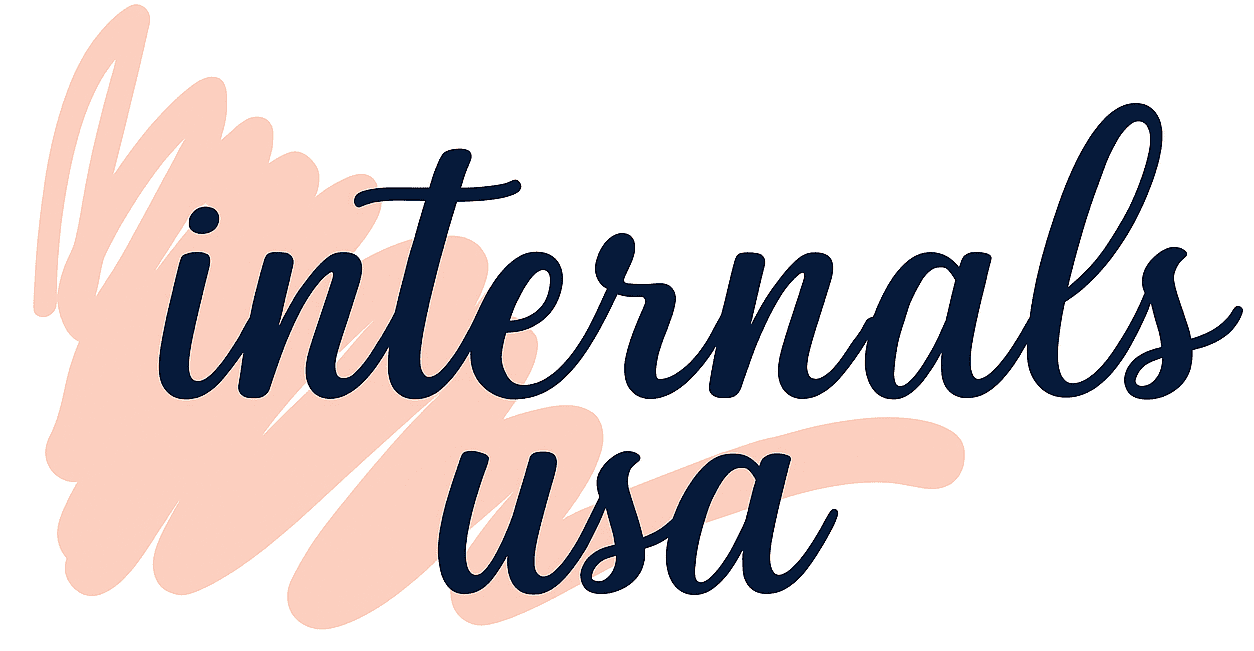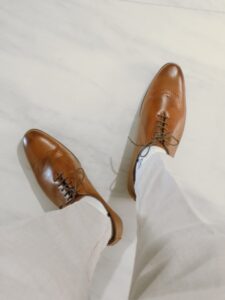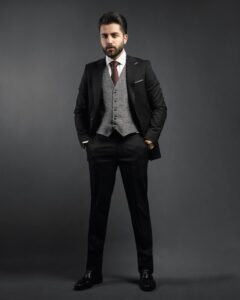How to Nail Formal Dress for Men: A Complete Style Guide
The Ultimatfe Guide to Formal Dress for Men
Navigating the world of formal wear can feel complex, with its specific codes and traditions. Yet, understanding the essentials of formal dress for men is a powerful tool for making a great impression at any significant event. From black-tie galas to important business functions, the right attire speaks volumes before you even say a word. This guide will demystify the rules, explore the key components of a formal wardrobe, and provide you with the confidence to assemble an impeccable look. We will cover everything from dress codes to the finishing touches that elevate your style.
Understanding Formal Dress Codes
The term “formal dress” can mean different things depending on the occasion. Invitations often specify a dress code, but these can be confusing. Knowing the difference between black-tie, black-tie optional, and semi-formal is the first step to dressing appropriately and with confidence.
Each code has its own set of rules for what is expected. Black-tie is the most stringent, requiring a tuxedo. Black-tie optional offers more flexibility, allowing for a dark suit as an alternative. Understanding these nuances ensures you show respect for the event and its host.
Black-Tie vs. Black-Tie Optional
Black-tie demands a tuxedo, black bow tie, and patent leather shoes. In contrast, black-tie optional allows guests to wear a dark business suit with a conservative tie if a tuxedo isn’t accessible.
Decoding Semi-Formal Attire
Semi-formal is a step down from black-tie optional. It typically means a suit and tie are required, but you have more freedom with color and style. A dark wool or navy suit is a safe and stylish choice.
 The Cornerstone: Choosing the Right Suit
The Cornerstone: Choosing the Right Suit
A well-fitting suit is the foundation of any formal dress for men. Whether it’s a classic tuxedo or a sharp business suit, the fit is paramount. An ill-fitting suit, no matter how expensive, will detract from your appearance. Pay close attention to the shoulders, chest, and length of the jacket and trousers.
When selecting a suit for a formal occasion, color and fabric are also crucial considerations. For most formal events, dark colors like navy, charcoal, and black are the most appropriate choices. Wool is a versatile and popular fabric, but blends can also offer comfort and durability.
Essential Elements of a Formal Shirt
The shirt worn under your suit is just as important as the suit itself. For true formal wear, a crisp white dress shirt is the timeless and unbeatable choice. It provides a clean, sharp canvas that allows your suit and tie to stand out. The collar and cuffs play a significant role in the overall look.
A quality formal shirt should be made from a high-grade cotton like Egyptian or Pima cotton for a smooth feel and excellent breathability. The fit should be slim but not tight, allowing for comfortable movement without excess fabric bunching up under your jacket.
- Collar Style: A spread or semi-spread collar works well with most tie knots and face shapes.
- Cuff Type: French cuffs, which require cufflinks, add an extra layer of sophistication for highly formal events.
- The Placket: A hidden placket (fly front) offers the cleanest look for black-tie events.
Selecting the Perfect Formal Footwear
Your choice of shoes can make or break a formal outfit. The right pair complements your suit and signals attention to detail. For the highest level of formal dress, patent leather shoes are the traditional standard, especially for black-tie events. Their high-gloss finish provides a distinctively elegant touch.
For other formal occasions, like those requiring a dark suit, a well-polished pair of black leather Oxford shoes is a flawless option. Oxfords are characterized by their “closed lacing” system, which gives them a sleek and refined silhouette. Ensure your shoes are clean and well-maintained.
The Art of Accessorizing Your Formal Look
Accessories are the finishing touches that personalize your formal attire and demonstrate your style acumen. While formal wear is governed by rules, accessories offer a chance for subtle expression. Key items include a tie, pocket square, cufflinks, and a dress watch.
A silk bow tie is essential for black-tie, while a tasteful silk tie is appropriate for other formal settings. Your pocket square can either match your tie or complement it with a contrasting color or pattern. Cufflinks should be simple and elegant, and a classic dress watch with a leather strap is the ideal timepiece.
Tying it All Together
- The Tie: For formal events, stick to silk in conservative patterns or solid colors like navy, burgundy, or silver.
- The Pocket Square: A white silk or linen pocket square in a simple fold adds a touch of classic elegance.
- Cufflinks: Opt for understated designs in silver, gold, or mother-of-pearl.
Grooming and Presentation for Formal Events
Your grooming is an integral part of your overall formal presentation. A sharp suit and perfect accessories will lose their impact if your grooming is neglected. A neat haircut, a clean shave or a well-trimmed beard, and clean, manicured nails are all non-negotiable elements.
Attention to these details shows that you have put thought into your entire appearance. It reflects a sense of self-respect and consideration for the event you are attending. A subtle, classic fragrance can be the final touch, but it should never be overpowering.
Navigating Seasonal Formal Dress for Men
The season can influence your choices in fabric and color, even within the strict confines of formal wear. While core principles remain the same, slight adjustments can enhance your comfort and style. Lighter-weight wools and fabrics with a more open weave are ideal for warmer months.
In winter, you can opt for heavier fabrics like flannel or add a classic wool overcoat to your ensemble. Deeper colors like charcoal and navy feel right at home during colder seasons. These subtle shifts show a sophisticated understanding of style that goes beyond just following the basic rules.
Common Mistakes to Avoid in Formal Wear
Even with the best intentions, it’s easy to make small missteps that can undermine your formal look. Being aware of these common errors is key to achieving a polished appearance. One frequent mistake is a poor fit, particularly with the suit jacket and trousers.
Other pitfalls include wearing shoes that are not formal enough, such as loafers or boots, with a suit. Mismatched accessories or wearing too many at once can also create a cluttered look. Finally, always ensure your clothes are well-pressed and your shoes are polished to perfection.
Conclusion
Mastering formal dress for men is about understanding a set of established traditions and applying them with confidence and personal flair. From selecting a perfectly tailored suit to choosing the right accessories, each element plays a critical role in crafting a sophisticated and impressive look. The key is to focus on fit, quality, and attention to detail. By following the principles outlined in this guide, you can navigate any formal occasion, from a wedding to a black-tie gala, with elegance and self-assurance. True style is not just about the clothes you wear, but the care and consideration you put into presenting yourself.
What are your go-to tips for formal dressing? Share your thoughts in the comments below or subscribe to our newsletter for more style guides and menswear advice.
FAQs
What is considered formal dress for men?
Formal dress for men typically involves a suit and tie at a minimum. For the most formal events, a tuxedo (black-tie) is required, while semi-formal allows for more flexibility with a dark suit.
Can I wear a navy suit for a formal event?
Yes, a dark navy suit is an excellent and versatile choice for most formal and semi-formal events. It is a classic alternative to a black suit.
Are loafers considered formal shoes?
Generally, loafers are considered too casual for formal wear. Black leather Oxfords or patent leather dress shoes are the most appropriate choices for formal events.



 The Cornerstone: Choosing the Right Suit
The Cornerstone: Choosing the Right Suit






Leave feedback about this